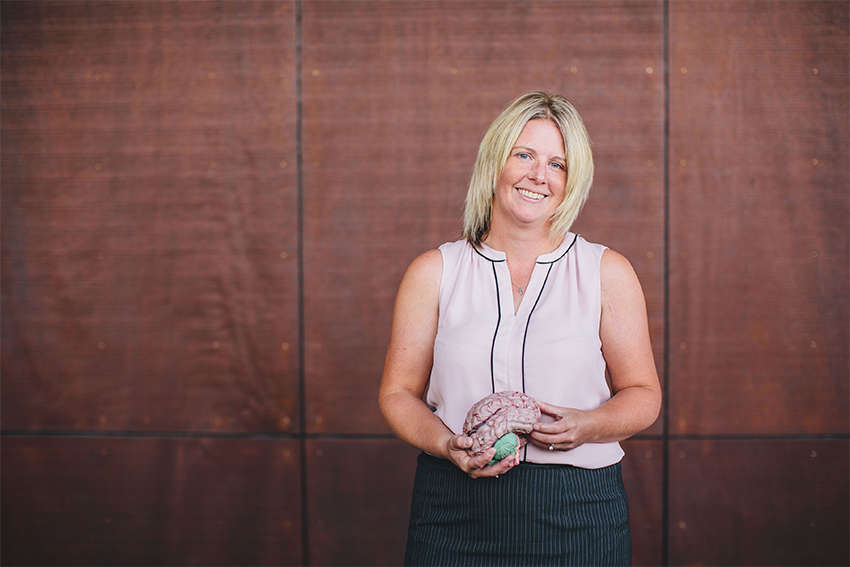Helmets, head injuries and horse power

A new study of equestrian concussion shows that the basic function of riding helmets is misunderstood.
“Helmets are important to prevent serious injuries like skull fractures, but few people are aware that they cannot completely prevent concussion. There is no way to keep the brain from moving inside the skull following an accident,” says Professor Alice Theadom, lead author of the study and Director of the TBI Network at Auckland University of Technology (AUT).
Participants demonstrated high awareness that helmets absorb the impact from a fall, but only 17 percent correctly identified that helmets do not prevent concussion.
Professor Theadom says, knowledge gaps in concussion are a huge concern. Some people are not seeking medical attention after an accident, thinking they are okay because they were wearing a helmet.
In the study, there was also a discrepancy between some attitudes and behaviour.
There was strong agreement that a helmet should be replaced after an accident, as damage may not always be visible. However, nearly half of the participants reported ‘re-wearing’ a helmet following a hit to the head, instead of getting a new one.
The study, published in the Journal of Science and Medicine in Sport, analysed knowledge, attitudes, and behaviour towards concussion among adults engaged in equestrian activities, and was carried out in partnership with ACC.
Almost 1500 people participated in the nationwide study, including jockeys, western and rodeo riders, pleasure riders, breeders, coaches, and parents.
More than 40 percent had experienced at least one concussion.
Concussion is a form of mild Traumatic Brain Injury (TBI). One in five TBIs are sustained in sports or recreation, with rugby, cycling, and equestrian activities having the highest risk. The strength, height, speed, and unpredictability of horses contribute to the velocity of the impact.
While the majority of equestrian injuries are sustained by falling from a horse, a substantial proportion also occur while not riding. One study revealed that 23 percent of injuries were caused by being knocked over or kicked in the head by a horse, yet use of helmets when not riding remains very low.
Encouraging people to wear a helmet when grooming and tacking-up horses, not just riding, may help protect against other events leading to brain injuries.
Professor Theadom is a psychologist at AUT’s School of Clinical Sciences. Her research on TBI prevention and recovery is supported by a Rutherford Discovery Fellowship administered by The Royal Society of New Zealand.
She is calling for independent safety-testing of sports helmets.
“It is extremely hard to find out what safety testing has been done and by who. Currently, very few tests are specific to concussion or mimic a horse riding fall. People want more information on safety testing, so they know which helmet to choose,” says Professor Theadom.
Wearing a helmet is now mandatory in competitive sport when riding a horse. However, studies have shown that most equestrian injuries occur during unsupervised leisure riding. One in 10 participants continued to ride without a safety helmet. Most information about concussion was received from health professionals following previous injury.
“There was also some uncertainty as to when people thought they should return to equestrian activities following a concussion. Consistent messaging across all sports is needed,” says Professor Theadom.
Despite the high prevalence of concussion in equestrian activities, little was known about concussion awareness among people actively engaged in working with and riding horses prior to this study. Health promotion requires accurate data to identify information gaps and misunderstandings that can be addressed with well-designed initiatives.
Education related to equestrian activities, such as helmet use, injury mechanisms, and learning to fall, is needed to change behaviour and minimise the risk of injury, she says.